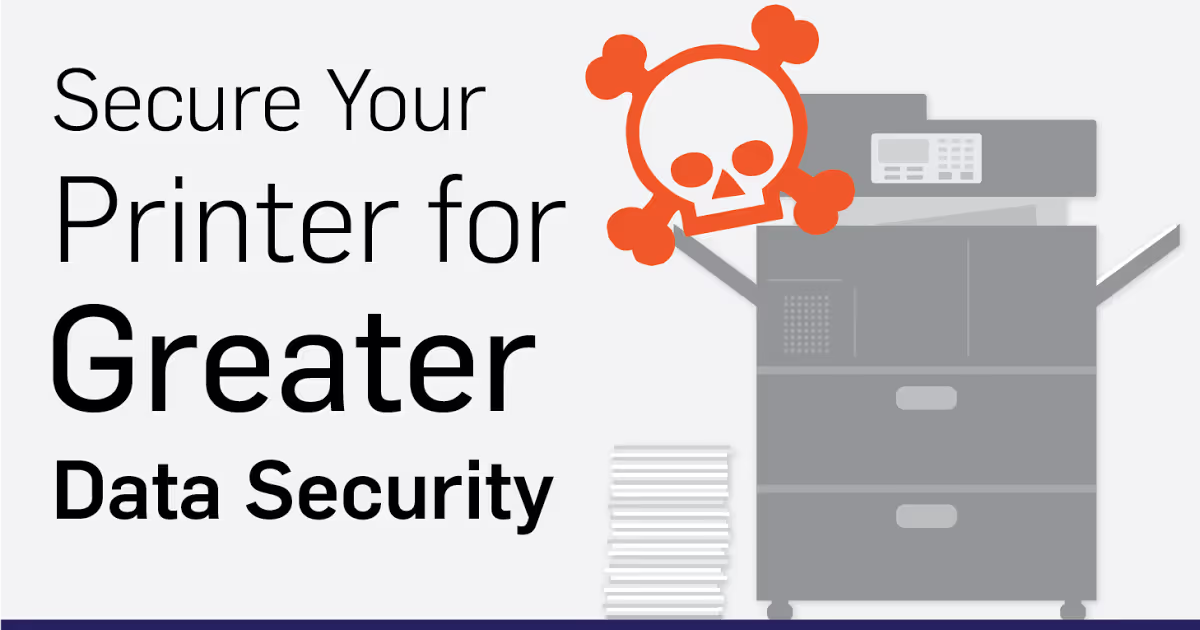Network-enabled printers may contain very sensitive information about your internal network.

Virtually all printers and fax machines manufactured within the last 5 years are network-connected, which means they have many avenues for receiving and sending communication. Unfortunately it also means they may inadvertently store sensitive information about your network.
See also: Top 5 Security Vulnerabilities Every Business Should Know
Most businesses have the same reaction when I tell them that their multi-function printer or fax machine could be a potential doorway into their secure network.
“Why would I need to secure it? Doesn’t this device just print jobs from inside the network and create hard copies? It’s just a printer.”
Wrong. It’s been more than a printer for quite a while now.
Printers are plugged into corporate networks, integrated with business systems, unified with email systems, and given Local Area Network (LAN) authentication.
With all these important connections throughout the network, hopefully you can see how an unsecure printer setup could lead to serious exposure of sensitive data or password harvesting.
To further understand printer security, the following are common printer/fax machine capabilities and settings that could lead to unauthorized access.
The following are common methods attackers could use to gain access to printers/fax machines.
One of the most common and simple attacks hackers use to attack a printer or fax machine is leveraging the default password set by the manufacturer to gain access to the administrative portal on the printer. Even if defaults have been changed, a simple attack against this administrative portal may allow someone to bypass the authentication layer of the device. With access to the portal, it can be very easy to glean network access information.
See also: SecurityMetrics PCI Guide
IT personnel often use directory service administrator level username/passwords when setting up the printer to access shared resources. This login information might be visible from the printer’s administrative interface or accessible directly from the printer’s password settings page by viewing hidden HTML variables kept right in the page HTML source. Not securely protecting password information allows the hacker to collect this information from the printer and then “become” an administrator of the network or other sensitive systems.
Since they are considered hardware, printers and fax machines are typically bypassed on the regular system update/patch management schedule. Attackers could learn of and utilize old vulnerabilities with success.
Other types of attacks trick the printer into communicating with an attacker rather than a standard configured service like Lightweight Directory Access Protocol (LDAP) and Simple Mail Transfer protocol (SMTP). The results of these types of attacks can allow an attacker to gather internal IP addresses, communication port information, and usernames/passwords.
See also: 7 Hearty Tips to Avoid Costly Data Breaches
Multifunction and network enabled printers may contain very sensitive information about your internal network and may be a weak link in your overall security strategy. Do not neglect them.